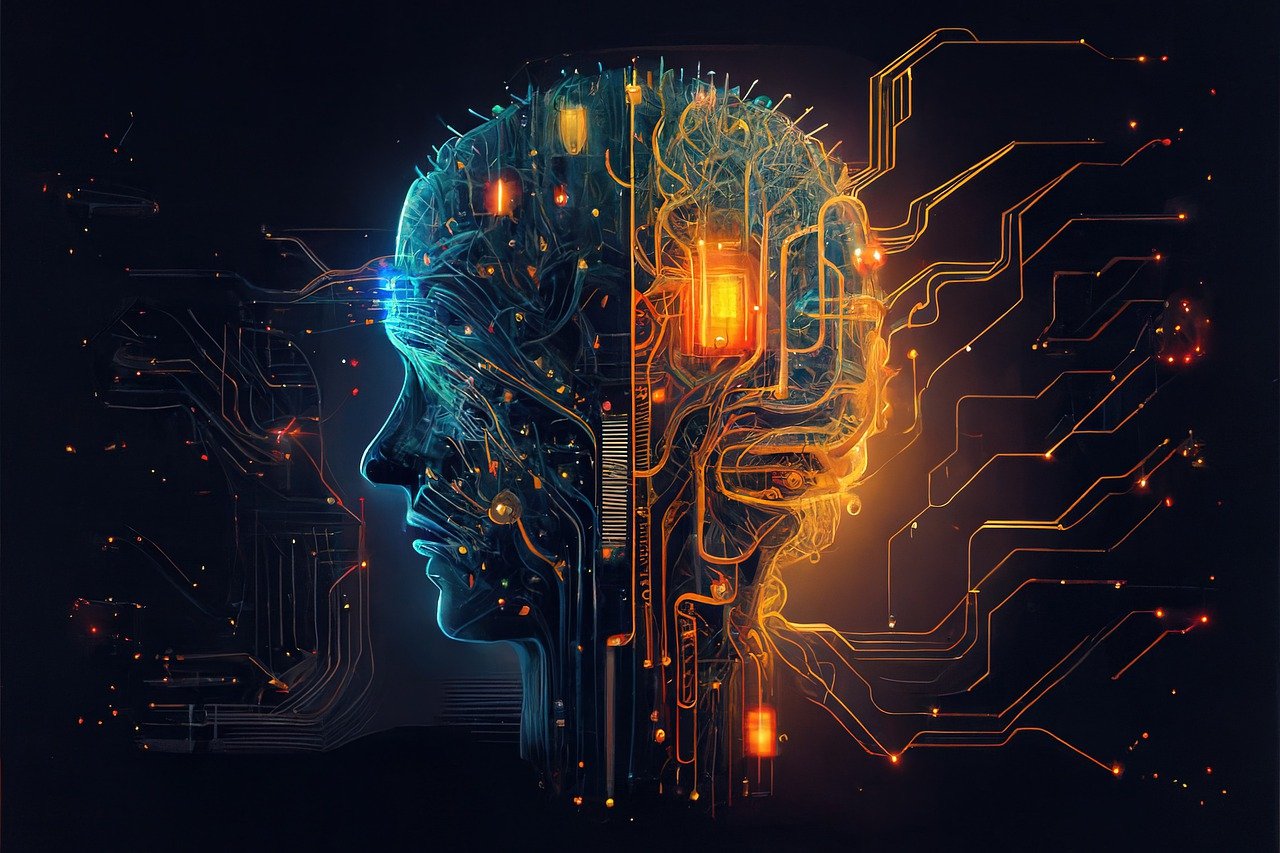Last updated on December 17th, 2024 at 04:11 pm
In today’s world, technology is changing the way we live, work, and even learn. One of the biggest transformations is the employment of Artificial Intelligence (AI) in education. AI is making classrooms smarter and helping students and teachers in many new ways. This article will discuss how AI is changing the face of education.
What is Artificial Intelligence (AI)?
Artificial Intelligence, or AI, refers to computer systems designed to mimic human thinking. AI can learn from experience, understand complex tasks, and make decisions on its own. In education, AI can be used to personalize learning, improve teaching methods, and make schoolwork more efficient.
How AI is Helping Students Learn Better
One of the most exciting things about AI is how it helps students learn in a way that’s right for them. Every student learns differently. AI can use data to understand each student’s strengths and weaknesses and create personalized learning plans. Providing an environment in which the students may learn at their own pace and in a way that works best for them.
1. Personalized Learning: AI tools like smart tutors or learning apps can offer customized lessons for each student. If a student struggles with math, AI can give extra practice or even explain problems in different ways. On the other hand, if a student excels in reading, AI can offer more challenging texts.
2. Instant Feedback: AI can give students instant feedback on their work. For example, when a student takes a quiz or does an assignment online, AI can quickly check the answers and provide helpful tips. This way, students don’t have to wait for their teachers to grade papers, and they can fix mistakes right away.
3. Language Learning: AI is also helping students learn new languages. Apps like Duolingo use AI to create lessons that adapt to the learner’s skills. These apps make learning fun and interactive, with personalized challenges that keep students motivated.
How AI is Helping Teachers
AI isn’t just useful for students—it’s also helping teachers improve their teaching. Teachers have a lot of work to do, and AI can assist them in many ways.
1. Grading and Administrative Tasks: Teachers spend a lot of time grading papers, quizzes, and assignments. AI tools can help with grading simple tasks like multiple-choice questions. This allows teachers to spend more time helping students and less time on paperwork.
2. Classroom Management: AI can help teachers keep track of students’ progress. With AI, teachers can easily see who needs extra help and who is doing well. This information helps them focus their attention where it’s needed most.
3. Teaching Resources: AI can suggest new teaching materials based on what students need to learn. If a teacher is teaching a lesson on fractions, AI might suggest videos, articles, or exercises that are best suited for the students’ level. This helps teachers save time looking for resources.
AI in the Classroom: Making Learning More Fun
AI is also making learning more enjoyable. With AI-powered tools like virtual reality (VR) and interactive apps, students can explore new subjects in fun and creative ways.
1. Virtual Reality (VR): VR is a technology that allows students to experience things as if they were really there. Imagine a history lesson where students can “travel” to ancient Egypt or walk through a rainforest. AI-powered VR programs can make learning more immersive and exciting.
2. Gamification: AI can turn learning into a game. For example, students can earn points or badges as they complete lessons or solve problems. This makes learning feel more like a fun challenge, encouraging students to keep learning.
The Future of AI in Education
The future of AI in education looks bright. As AI technology continues to improve, it will be able to help students learn even better and make education more accessible for everyone.
1. AI Tutors: In the future, AI tutors might become more advanced. These virtual tutors will be able to offer personalized lessons and support 24/7. Students will be able to ask questions and get help anytime, anywhere.
2. Smart Classrooms: Imagine classrooms where AI-powered systems control the lights, temperature, and even the lesson plans. Smart classrooms will use AI to create the best environment for learning, making education more efficient and comfortable for everyone.
3. Better Access to Education: AI can also help students in remote areas who may not have access to good schools. AI-powered education tools can provide lessons to students anywhere, making learning more equal and widespread.
Conclusion
Lifestyle has transformed the way we think about education because of artificial intelligence. It’s helping students learn better by offering personalized lessons and instant feedback. AI also makes teaching easier by saving time on administrative tasks and providing better resources. As AI technology continues to improve, the future of education looks exciting, with smarter classrooms and better access to learning for everyone.
AI is not replacing teachers but rather working alongside them to make education better for all.

